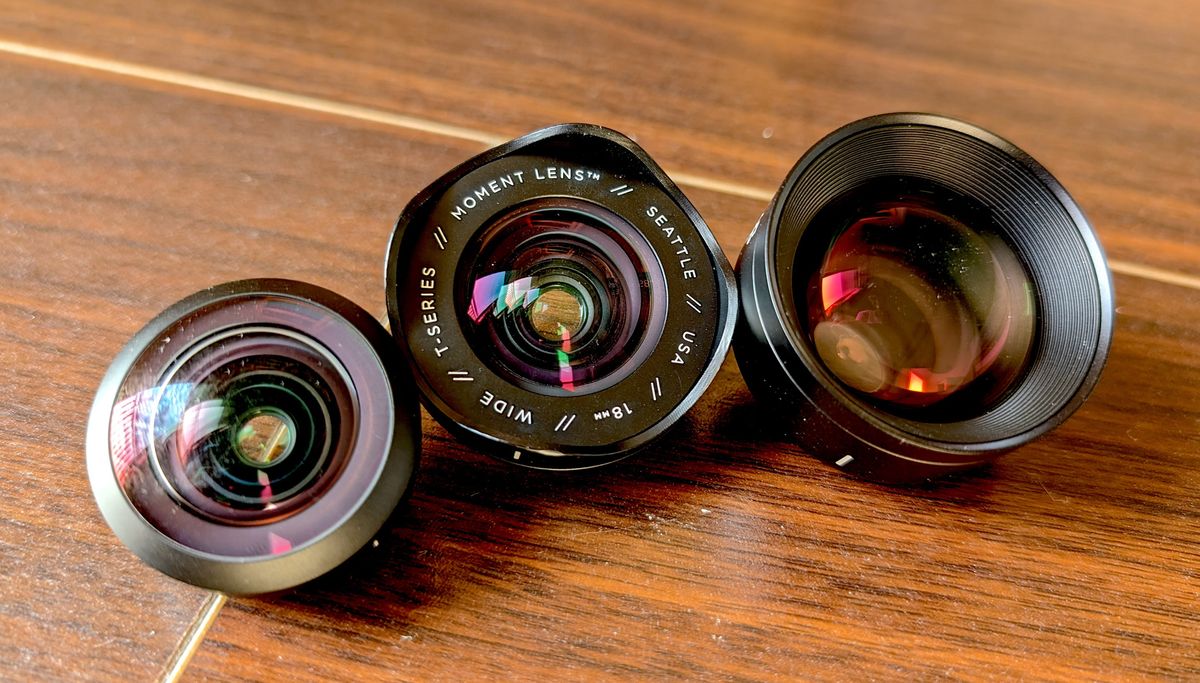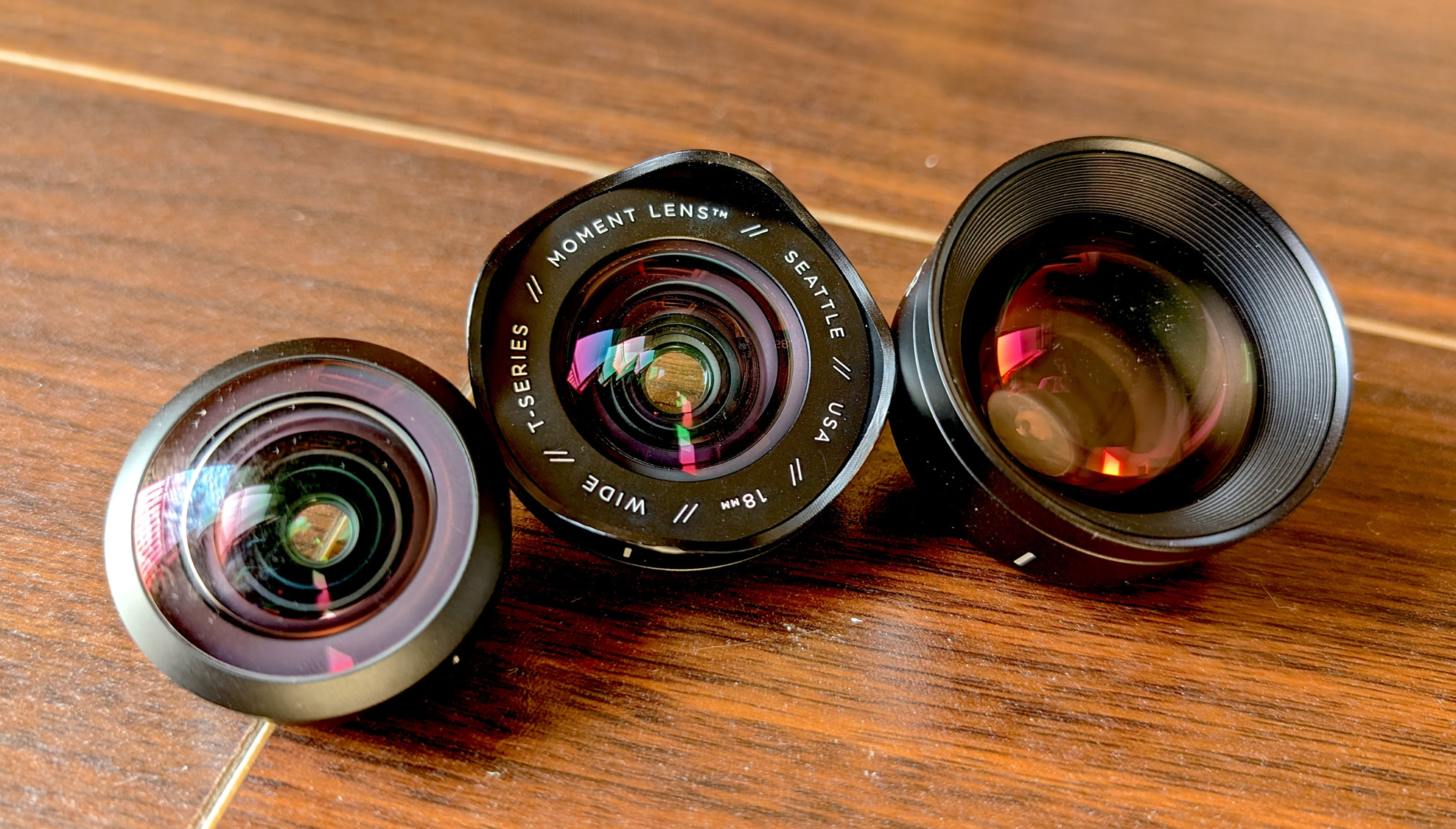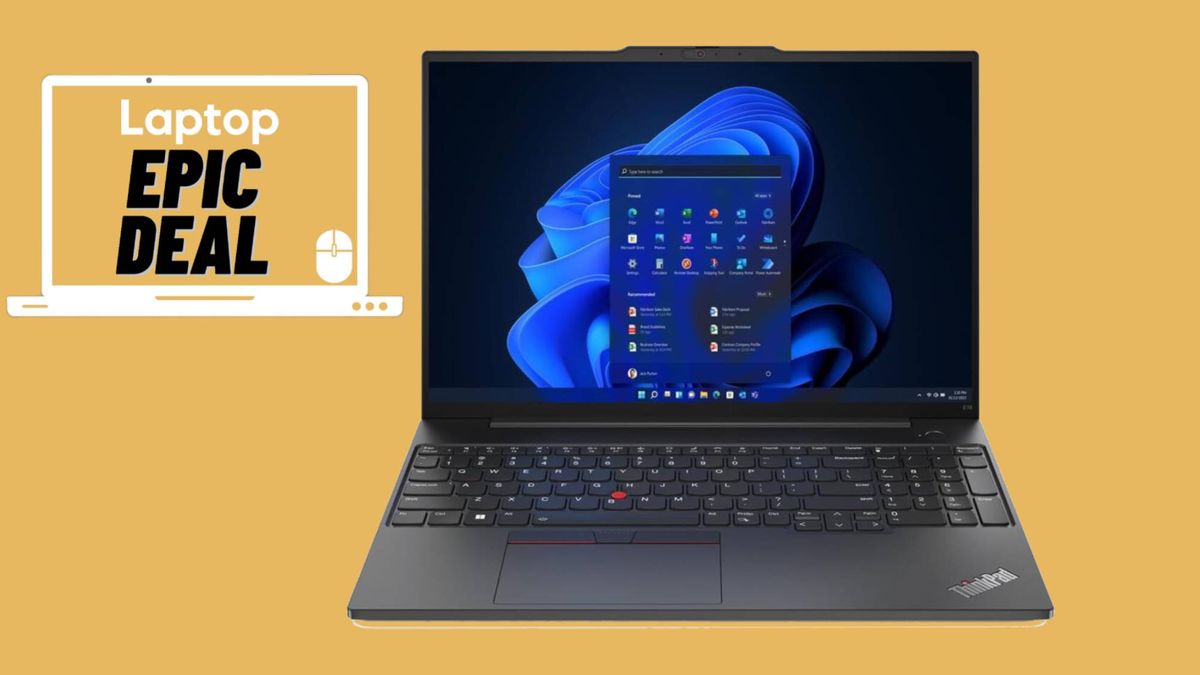

The days of lugging a DSLR have long been behind me. Like many, I ditched my DSLR for a phone, as they now offer most of what I’d need out of a camera, from powerful sensors to unparalleled ease of use. But I do miss one DSLR perk — the ability to shoot from a variety of interchangeable lenses, as opposed to locking myself to a phone’s built-in gear for years. Can Moment’s new T-series phone lenses help fill that gap? Moment’s mobile lenses bring the pro experience to smartphones. Similar to a DSLR, the miniature lenses snap onto a phone’s existing camera and add a new dimension to it. There are half a dozen to choose from, including a 58mm telephoto, a 14mm fisheye that creates a GoPro-like warp in your shots, and an Anamorphic for cinema-style lens flares. Though mobile lenses don’t compromise your phone’s convenience or portability, they are nowhere affordable — each costing about $150-$200, which is what you’d pay for an entry-level prime DSLR lens. I got a chance to put three of Moment’s new T-series lenses to the test: the 58mm Telephoto, 14mm Fisheye, and the 18mm Wide. Are they worth it? What Moment’s lenses don’t doIt’s key to understand what a Moment lens can and can’t do. Mobile lenses won’t dramatically upgrade your phone’s image quality. They still rely on the same sensors your phone came outfitted with. It won’t produce DSLR-grade pictures as soon as you snap them on. If your phone struggles in low light, it will continue to do so even with a Moment lens. The photos will “look” pretty much the same and in many scenarios, you may not even be able to tell the difference.(Image credit: Future)A Moment lens is meant to supercharge your phone’s best sensor, i.e. the large main camera. It lets you use it from several wavelengths and perspectives, as opposed to switching to the dedicated telephoto or ultrawide sensors on your phone, which are much less capable. My iPhone 15 Plus, for example, doesn’t have a telephoto lens at all, and Apple instead ships a digital zoom option, which produces low-res and artificially-looking zoomed-in pictures. I can instead attach Moment’s Tele lens over my phone’s wide sensor and get closer to subjects without compromising on sharpness. (Image credit: Future)Similarly, though the 15 Plus has an ultrawide, it struggles in dimly lit conditions and often lacks details around the edges. Moment’s Fisheyes lens, in comparison, takes advantage of the 15 Plus’ main sensor, which is better equipped for challenging scenarios, and produces clearer, GoPro-like results. These differences are especially apparent on older phones, but even if you do own the latest, top-of-the-line model, Moment lenses offer some benefits. With greater depth of field and prettier lens flares, you’ll get a professional-looking outcome. When your phone zooms in, it typically does so digitally from the main camera because its sensor performs better and captures more light. Design and BuildMoment’s miniature lenses are built like tanks. They’re made out of a nice brushed metal material, so they look and feel every bit as premium as they cost. Attaching them to your phone requires a mount that fits into bespoke cases for various models. The mechanism works like a chasm and is similar to what you’d do on a DSLR. All you have to do is place the lens in the mount and a quick twist secures it in. I do wish, though, that the lens’ exterior was a little less smooth for a better grip. I did end up dropping it once from five feet — it survived without a scratch, however. Moment also sells standalone mounts for older models, but I didn’t get a chance to try those. (Image credit: Future)Except for the telephoto, the lenses are lightweight enough (60-70 grams) that you won’t feel their weight when they’re on the back of your phone. However, at about 117 grams, the telephoto’s extra heft means your fingers will have to put in a little more effort to keep your phone from falling over, especially if you’ve got a smaller variant. Eventually, I did get accustomed to it, but unlike the others, I didn’t keep the telephoto always on and took it out only when I wanted to use it. Moment also bundles a silicon cap to cover the lens and a microfiber carrying bag. Moment T-series Tele 58mm lens reviewAs an iPhone 15 Plus user, I spent the majority of time on the 2X Tele lens since that’s one focal length absent on my phone altogether. Apple has enabled a 2X optical zoom of sorts this year with the new 48-megapixel main camera, but as expected, pairing that high-res sensor and a proper telephoto lens was another ballgame. (Image credit: Future)In most situations, Moment’s Tele retains more details and produces crisp shots. Its larger aperture gathers more light for the sensor, which means fewer grainy and blurry 2X pictures at night as well. Plus, I was able to use it with the iPhone 15’s 2X digital zoom and click sharper 4X images. (Image credit: Future)Even on a Google Pixel 8 Pro, where Google’s software typically resorts to cropping from the wide camera’s results instead of the telephoto for 2X zooms, Moment’s 58mm lens edges ahead when compared side-by-side on a bigger screen. Like any professional camera, you’ll occasionally find the shots aren’t nearly as exposed, but that’s usually an easy fix in post.(Image credit: Future)I also like how the Tele’s optical glass plays with natural light. While shooting against a bright sunrise, for example, your photos will often have a delightful amber-ish hue on their edges, compared to the smartphones’ default sensors that are tuned for cleaner outcomes. Since your phone isn’t engineered for swappable focal lengths, the downside to an external telephoto on a smartphone is only lens distortion. Though Moment has cut that down to the minimum on its T-series range, you’ll sometimes notice out-of-focus shots when shooting smaller subjects like birds, but it’s possible to overcome in a few tries by manually tapping on them in the viewfinder.Moment T-series Wide 18mm lens reviewI didn’t expect to like Moment’s 18mm lens as much as I did. The reason’s simple: though the ultrawide camera on my phone is fun, I wish I could access its expansive perspective minus the GoPro-style warp effect and that it captured sharper, better-lit pictures. (Image credit: Future)The 18mm lens checks both of those boxes and allows you to use the superior main camera at a 100-degree field of view. It lets me fit more in the frame whether I’m doing street photography, clicking group photos, or landscapes and reminds me of the room and versatility my first DSLR’s 18mm lens offered.(Image credit: Future)The 26mm wide on my phone comparatively now seems a tad limiting and more zoomed in for a default focal length than I’d prefer. It’s still available to me and given the Moment Wide’s lightweight and slim design, I always have the option to switch between the two. (Image credit: Future)As for the quality, you’d be hard-pressed to tell a difference. The one upside of the Moment lens is its cinema-quality glass is more suited for overly bright backgrounds and instead of letting the light overwhelm the frame, it produces a balanced output and a nicer flare.Moment T-series Fisheye 14mm lens reviewMoment’s 14mm Fisheye lens is also the most exciting. It’s the kind of focal length you don’t typically find built into a phone no matter how many cameras it sports. It looks like a bulging eye (hence, the moniker) and lets you capture from a whole new dimension: a staggering 200-degree field of view. Most phones’ ultrawide is about 120-130 degrees. This means you can squeeze an entire mountain inside your shots and more. (Image credit: Future)What truly sets apart the 14mm Fisheye, however, is its low minimum focal distance, allowing you to focus from tight spaces and still get shots without any vignetting around the corners. Portraits look especially unique since you can get up close to the sensor. (Image credit: Future)Moment’s large aperture plays a key role here as well. The 14mm Fisheye, compared to an ultrawide camera and other cheap knockoffs on Amazon, clicks far crispier images in dimly lit scenarios. If you’re contemplating which Moment lens to grab first, I’d recommend the Fisheye for its one-of-a-kind perspective.Is the Moment lens worth it? The Moment lens is ideal for someone who wants to get a little more serious with their mobile photography but doesn’t want to spend or carry a heavy-duty camera. Its pocket-size design means you won’t have to think twice before tossing it in your backpack for a trip, and the variety of focal lengths lets you pick the camera style you prefer instead of relying on what your phone shipped with. At about $150 each, it’s best to go for a lens that’s not already in your phone’s optical arsenal, unless, of course, you’re let down by its quality like I usually am with the iPhone 15’s ultrawide camera.





